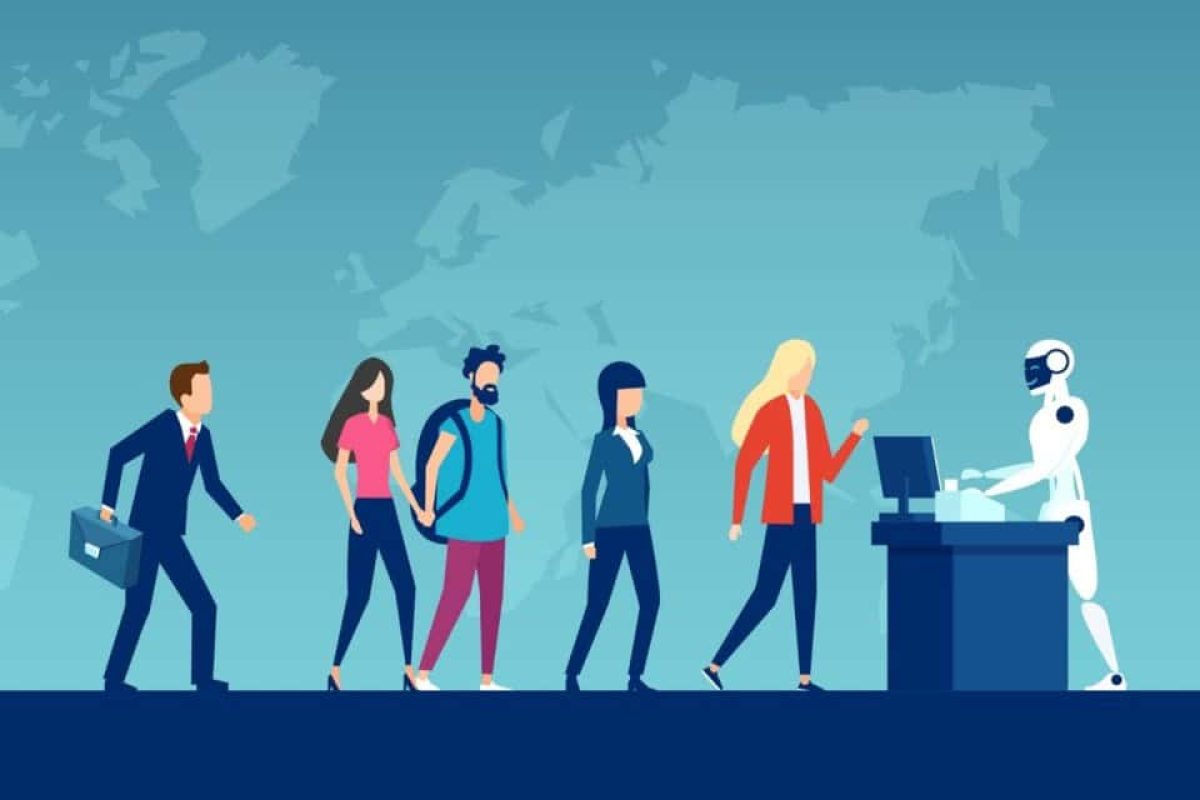In the modern midsize company landscape, efficiency isn’t just a goal—it’s a necessity. Two departments often operating in separate silos, Information Technology (IT) and Human Resources (HR), have enormous potential for synergy, yet traditionally, they operate independently. Combining these crucial departments unlocks a host of benefits, from improved communication and streamlined onboarding to substantial cost savings through automation. When tech meets talent, companies can significantly elevate their organizational performance and efficiency.
At its core, HR is fundamentally about managing people, while IT focuses on managing data, technology, and infrastructure. However, the interplay between these two functions has intensified in recent years. HR teams increasingly rely on robust IT systems to manage recruitment, onboarding, training, employee engagement, and performance reviews. Conversely, IT teams require HR insights to implement user-friendly, intuitive technologies that meet employees’ evolving needs.
Benefits of Combining IT & HR
The first major benefit of integrating IT and HR is enhanced onboarding efficiency. HR onboarding processes often determine an employee’s initial impression and set the tone for their productivity and engagement. By working closely with IT, HR teams can streamline this experience, ensuring new hires have immediate access to all necessary systems and training modules on day one. IT’s involvement ensures that new employees encounter intuitive, user-friendly platforms, simplifying the learning curve and accelerating their integration into productive roles.
For example, IT can assist HR in automating parts of the onboarding process, such as creating employee profiles, assigning company equipment, and enrolling staff in initial training programs. Such integrations eliminate tedious manual tasks, freeing HR personnel to focus more strategically on talent management and employee engagement.
Another critical advantage arises from improved communication facilitated by integrated HR-IT initiatives. Modern collaboration platforms and communication tools managed by IT can transform internal interactions, especially in hybrid or remote work environments prevalent today. When HR guides IT to prioritize user-friendly and engaging communication platforms, employees across the organization benefit from more effective, transparent, and dynamic interactions.
HR-driven strategies, supported by IT infrastructure, can significantly enhance company culture and collaboration. Regular feedback mechanisms, virtual town halls, and online recognition platforms all become more impactful when seamlessly integrated into daily operations via technology. IT ensures that these platforms are secure, reliable, and accessible, fostering a culture of consistent engagement and communication across departments.
The Ultimate Opportunity for Staff Administration Efficiency
Perhaps one of the most substantial areas where integrated HR and IT efforts manifest significant savings is in administrative efficiency. By leveraging automation and self-service technology, midsize companies can drastically reduce administrative overhead. Processes such as employee benefit management, vacation scheduling, and performance feedback can all be automated with integrated HR-IT systems, minimizing paperwork, reducing errors, and empowering employees with self-service options. There are already great solutions on the market today for technology support of human resources functions, from a full-featured HCM system to a Learning Management System (LMS) and employee morale monitoring.
Imagine a typical scenario where an employee wishes to adjust their healthcare benefits. Traditionally, this would involve manual paperwork, multiple HR consultations, and administrative processing. However, with an integrated HR-IT system, this process becomes seamless and immediate. Employees log in to a user-friendly portal, select their desired changes, instantly see impacts on their payroll deductions, and confirm their selections—all without extensive HR intervention. This model not only saves substantial administrative hours but also significantly enhances employee satisfaction through instant, clear feedback.
Similarly, vacation scheduling, historically a time-consuming task involving approvals, calendar synchronization, and communication loops, can become vastly simplified. IT-enabled HR systems provide real-time calendar integrations, automated approval workflows, and immediate notifications. Employees and managers benefit from clarity and efficiency, significantly reducing scheduling conflicts and administrative workload.
Moreover, automation in performance management is another example where HR and IT synergies shine. Real-time feedback systems integrated into daily operations can automatically collect performance metrics, peer feedback, and productivity data, creating robust performance reviews without the cumbersome, often subjective annual review processes. IT’s role in ensuring these platforms are intuitive and accessible directly enhances HR’s strategic capabilities, allowing more time to address higher-level talent strategies and less on administrative tasks.
An Idea Whose Time Has Come
Overall, combining IT and HR functions enhances both departments’ effectiveness, unlocking substantial efficiencies in areas typically viewed as non-core operations. Administrative tasks, often consuming significant resources, become streamlined and automated, allowing companies to redirect human capital toward more strategic and value-generating activities. Employees enjoy improved systems usability, clearer communication, and enhanced self-service capabilities, directly boosting morale, productivity, and job satisfaction.
In today’s increasingly digital workplace, companies must prioritize integrating IT and HR departments to capitalize on these strategic synergies. Technology alone is insufficient without strategic HR guidance to ensure alignment with organizational needs. Conversely, HR initiatives require the robust technological backbone that IT provides. The harmonization of these two functions positions midsize companies to not only optimize internal processes but also cultivate an environment of sustained productivity, satisfaction, and growth.
By thoughtfully integrating IT and HR, midsize companies open the door to a host of operational improvements, leading to tangible benefits in efficiency, cost savings, employee satisfaction, and overall organizational performance. Indeed, when tech truly meets talent, the whole organization wins.




